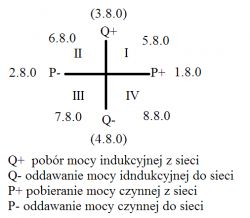Gentlemen
Which standard for Germany? The voltage sometimes slightly exceeds 253V and I would like to eliminate this problem by increasing the voltage limit. I have such:
Germany VDR AR-N4105
Germany BDEW
Germany VDE 0126
Thank you in advance
Which standard for Germany? The voltage sometimes slightly exceeds 253V and I would like to eliminate this problem by increasing the voltage limit. I have such:
Germany VDR AR-N4105
Germany BDEW
Germany VDE 0126
Thank you in advance
Moderated By krzysiek7:I merged the topics.
3.1.12. Do not post multiple identical topics in the forum, users will not know where to reply.



